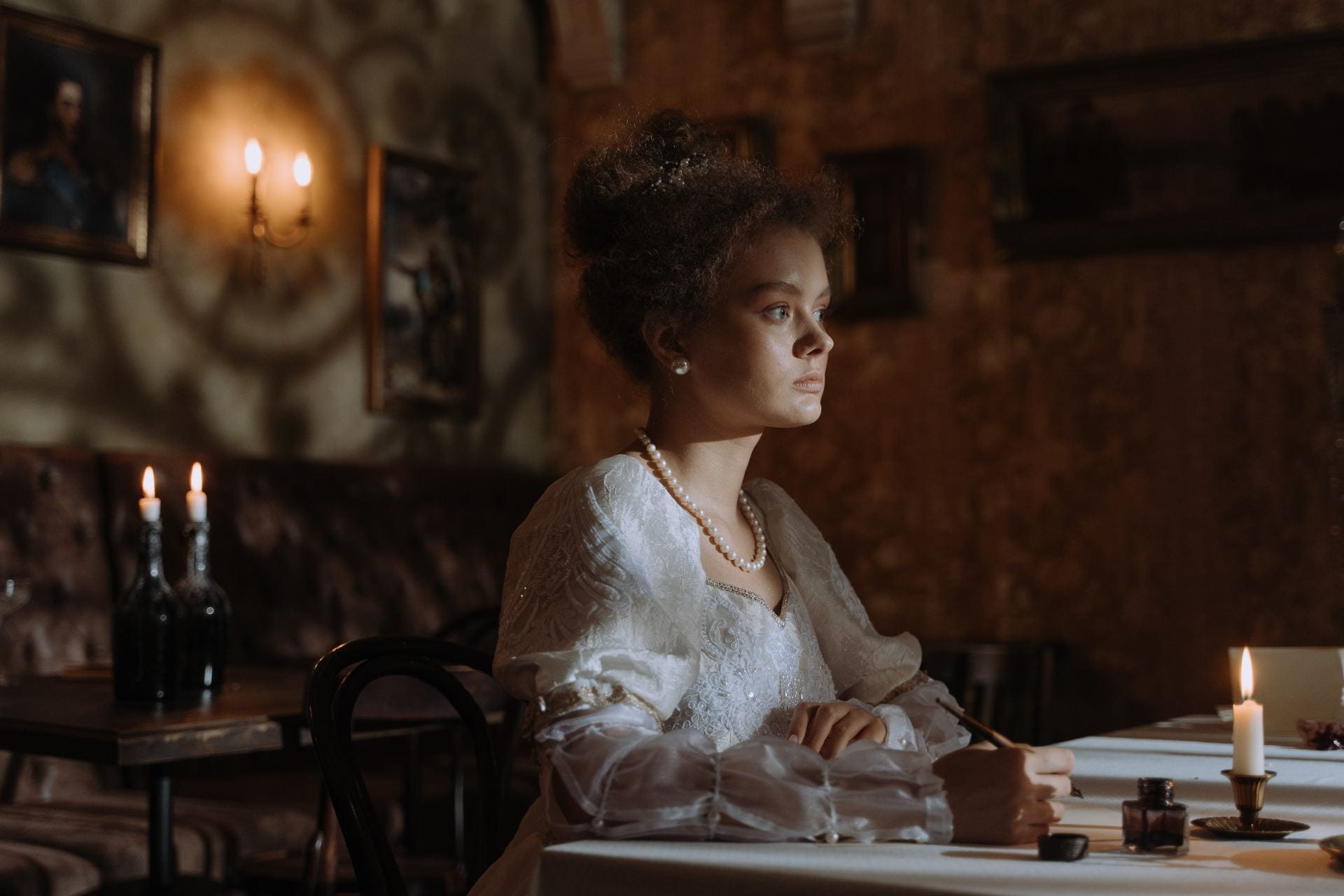
Money is the root of all evil. We’ve heard that before, haven’t we? But in the modern capitalist society we live in currently, it can also be argued that money is the root of all happiness. Much like a weapon, it depends on who uses it and who has access to it.
Money is the fuel for the everyday. Without the ability to pay for food and shelter and other essentials, how can anyone chase after happiness? And with ever-increasing costs of living and stagnating wages, an emerging culture built on the mantra of hustling and multiple streams of income, we need more and more money just to survive, not to say anything of thriving. Maybe that’s why our generation grew up idolizing money. Money is no longer a means to an end, but the end in itself. After all, with money, the possibilities are limitless—from the smallest luxuries to the biggest, from a walk in bathtub to diamond-studded chandeliers. And this reflects in the popular cultural influences of today.
Today’s version of ‘success’ and happiness almost always involves being rich. It involves branded goods and mansions in California, infinity pools and weekend getaways in Maui. In fact, it pretty much looks like the Kardashian lifestyle. But recently, there has seen a small, but important, shift in the type of wealth people idolize. While self-made people like influencers and creators have been revered for the past decade, followers are growing for “old money.”
Old money refers to the subset of people whose wealth has been inherited, as opposed to made by themselves. They are typically white families who first moved to America, from the WASP (White Anglo-Saxon Protestant) group. The “old money aesthetic” comprises cable-knit sweaters and tennis skirts, schooling in Ivy League colleges, and leisure times spent boating or in their mansions. They are the height of luxury and excess, all without the ostentatious display of wealth that characterizes the ‘new money.’ The appeal of the old money aesthetic is in how effortless they make money look; it is the nonchalance with which they approach wealth that appeals to the middle-class and makes them ‘cool.’ These people might be privy to ballrooms and purebred horses, but at least they don’t flaunt it in your face like the new money do with their Louis Vuitton emblazoned track pants and Chanel sunglasses.
But is the “old money aesthetic” dangerous?
Idolizing Old Money
Old money is elitist; it refers to money made from the exploitation and exclusion of others. While the old money aesthetic has been seen by many as an offshoot and close cousin of the dark (and white!) academia aesthetic, there is an important distinction between them: dark and white academia practice inclusion with the belief that anyone is worthy of knowledge, old money idolizes a very specific circumstance that is exclusionary.
Old money is predominantly white and idolizes a white image. Search up the old money aesthetic, and what you come across is white men and women in polo shirts and oxfords, idolizing the thinner frames and body types of white people. There is no space for the bodies of people-of-color. It excludes people-of-color from the narrative, simply by idolizing a lifestyle based on white elitism and a time when people-of-color were not acknowledged as equal to whites. Furthermore, the old money aesthetic is problematic because it proliferates a belief in an insurmountable gap between the haves and the have-nots. While dark and white academia make knowledge-learning and sharing accessible to everyone, old money gatekeeps it behind the pearl-studded gates of family inheritance. You’re either born old money, or you’re not. This regulates admiration of the old money aesthetic to simply that—admiration. You can’t hustle your way into this group. Why then, are so many people now idolizing old money?
Glamor Exhaustion
One reason I would posit for the idolization of old money is that people are exhausted of being slapped in the face with obvious, and often vulgar, displays of wealth. It has become such a common symptom of our current consumerist culture that it’s tiring to witness, even for short periods of time. People now crave for reliability, and maybe the pandemic is partly to blame for this change. The onset of Covid-19 clearly illustrated the gap between the rich and the middle-class. Showing off one’s wealth is no longer cute or “aspirational,” it has become downright obnoxious.
So why wouldn’t you start to turn towards the old money aesthetic? It is aspirational without being obnoxious. You can still fantasize about afternoon tea and country club memberships without feeling disgust at their wealth when they are dressed in elegant, but comparatively simple, evening gowns or checkered blazers.
But this longing hides the darker underbelly of the old money aesthetic which is the history of elitism and exclusion that it holds inherent.
